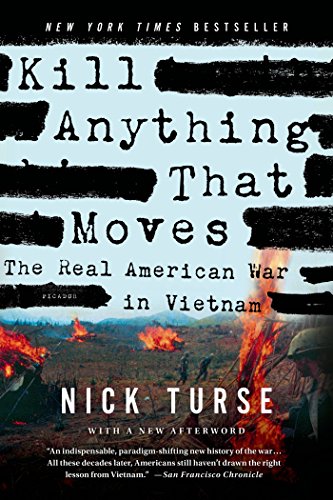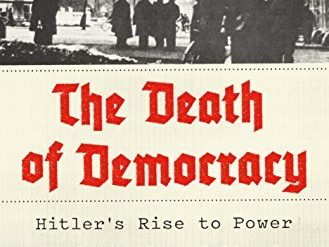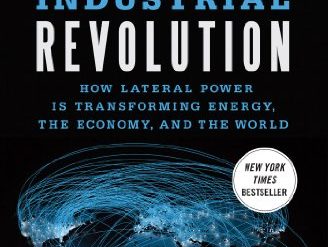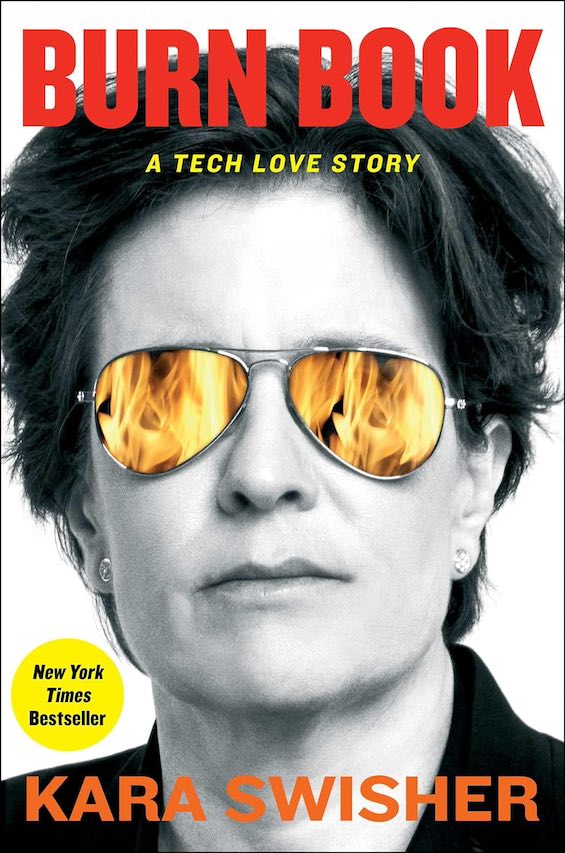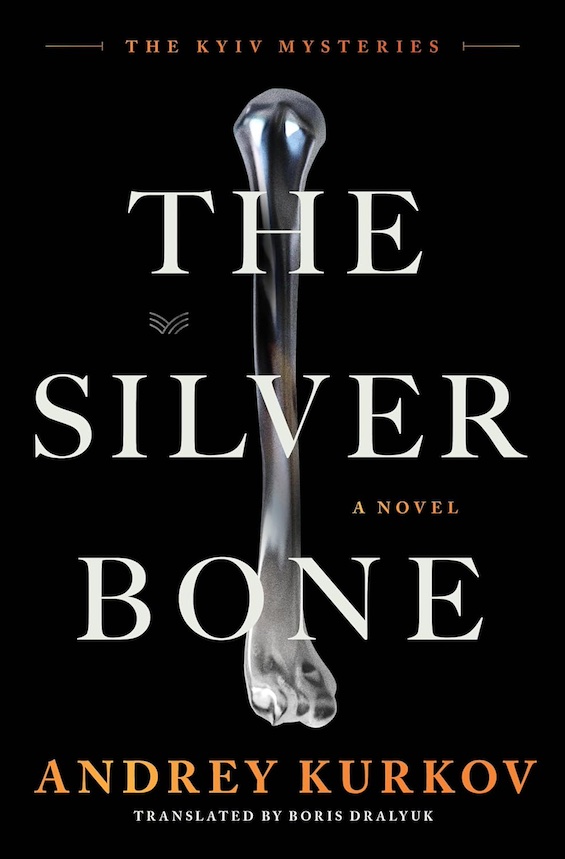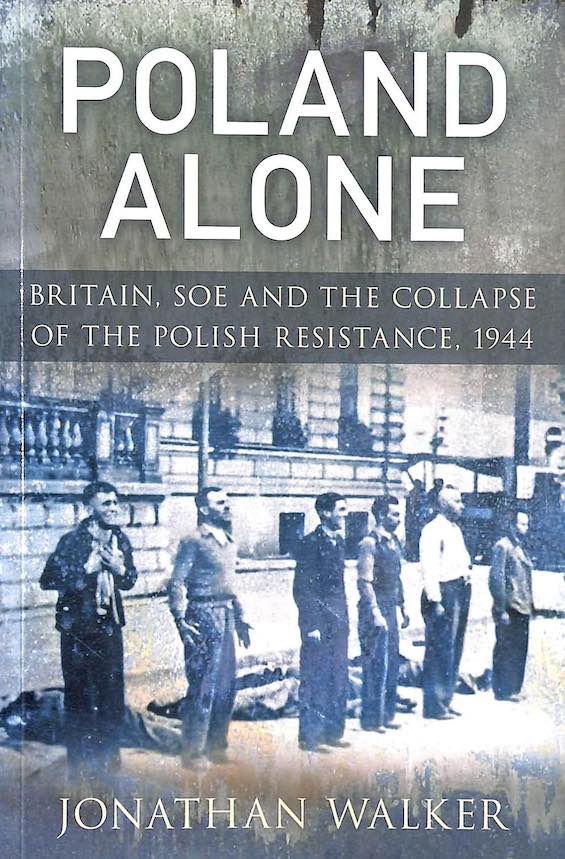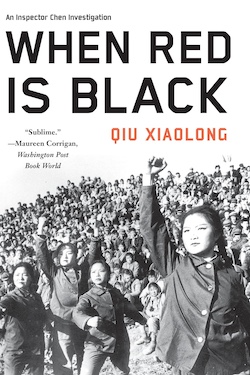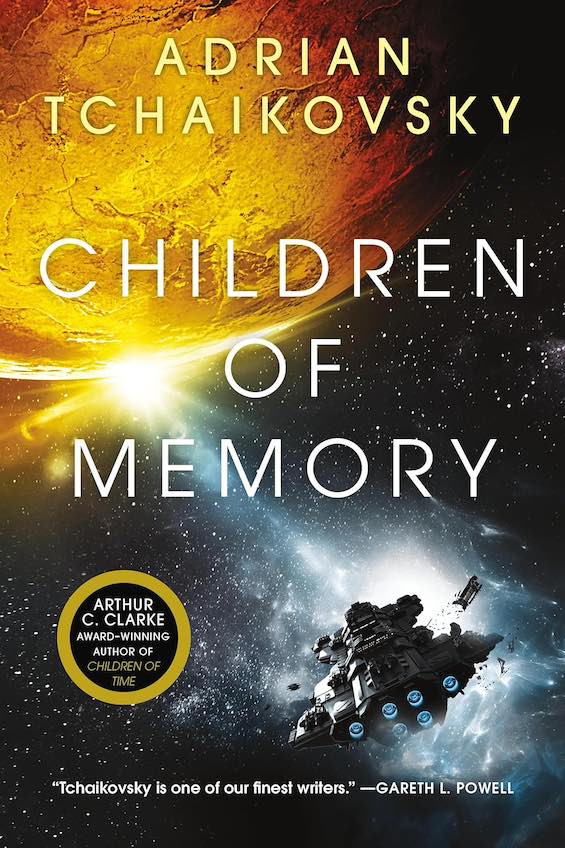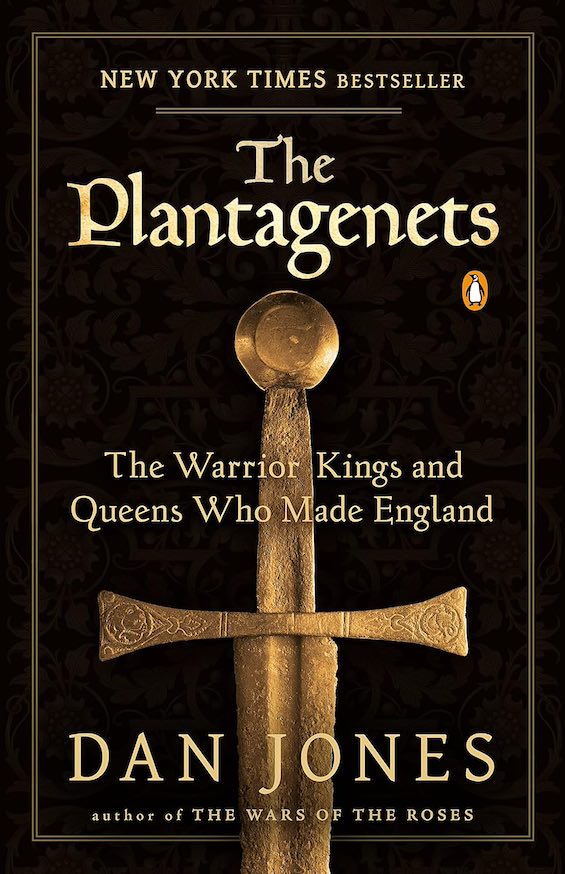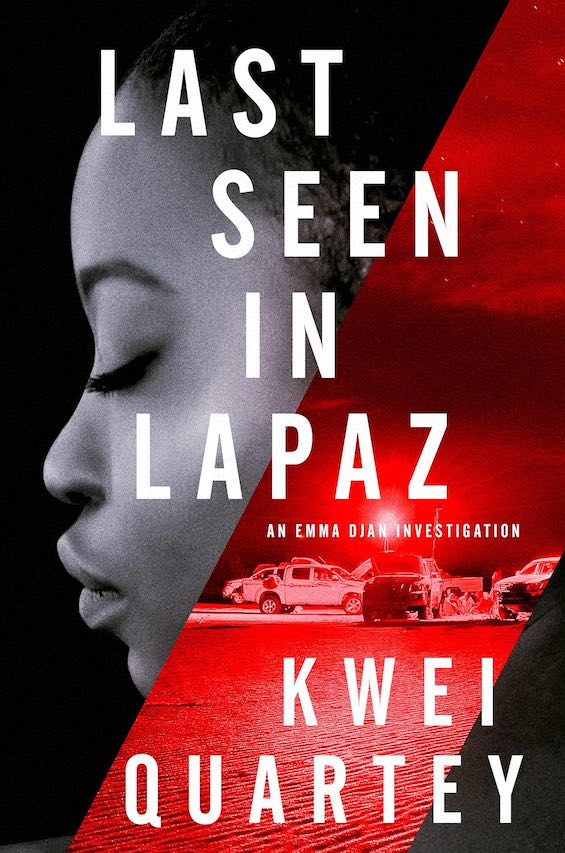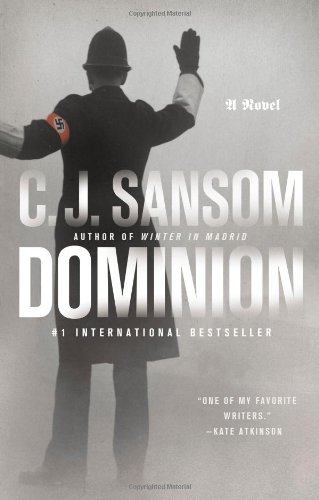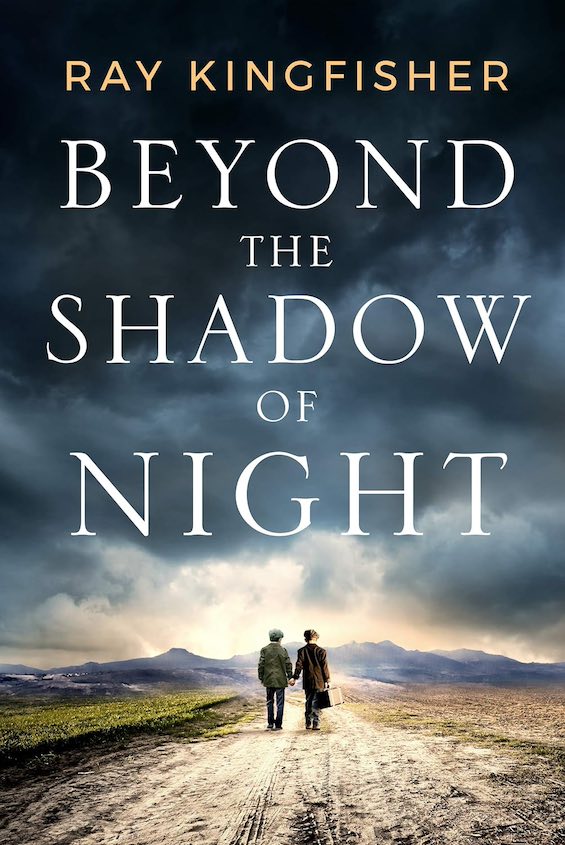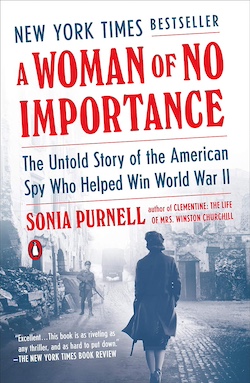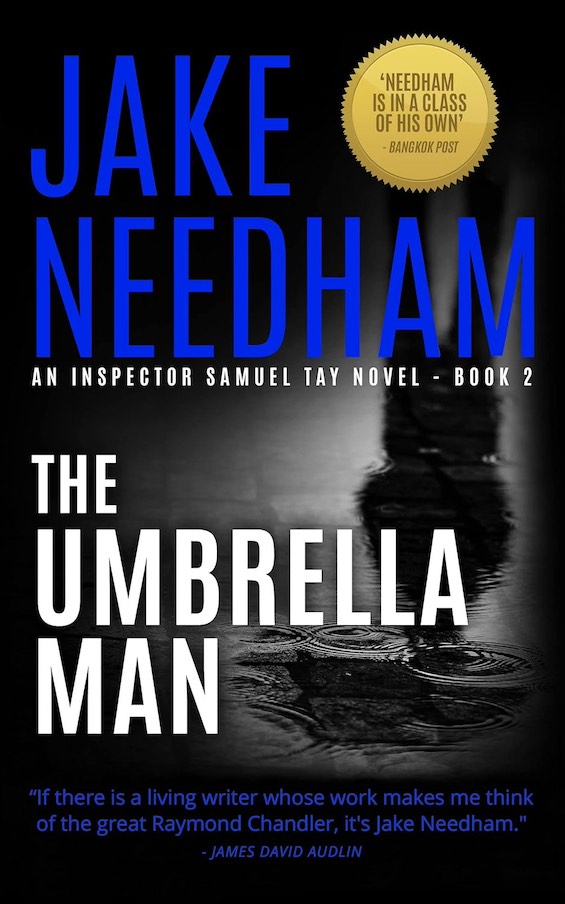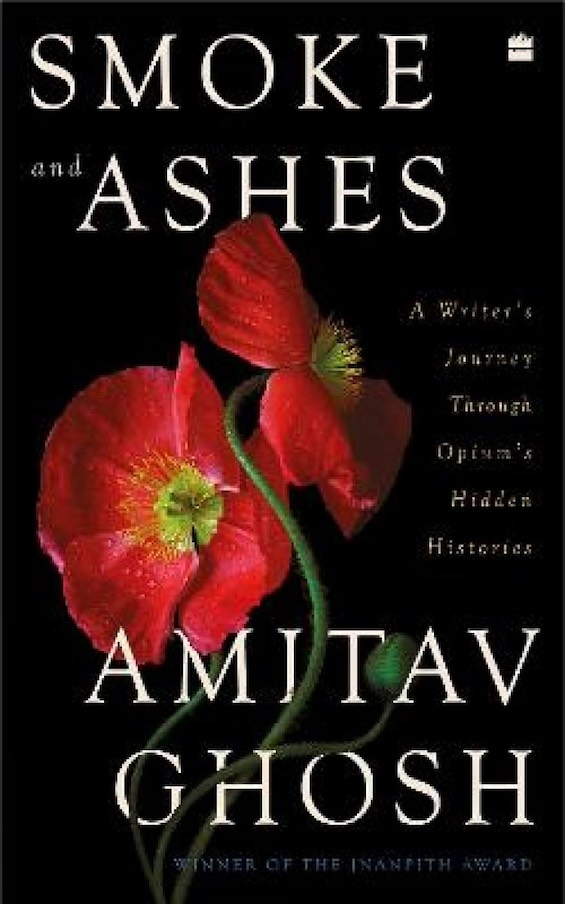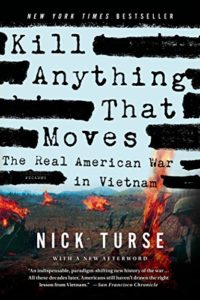
This is the first of two reviews of recent books that deal with the U.S. military at war. This one deals with the Vietnam War. In a subsequent post, I’ll review The Outpost: An Untold Story of American Valor by Jake Tapper, which presents a dramatically different perspective on the subject by focusing on one small American unit in the field in Afghanistan four decades later.
Estimated reading time: 5 minutes
If you were following the news in 1971, chances are you were aware at least dimly of the Winter Soldier investigation, when American soldiers, sailors, and marines testified to the atrocities they had witnessed, or even participated in, during their service in Vietnam. You may also have come across reports in newspapers and magazines from time to time about other war crimes committed by the U.S. military there. However, like most of us who followed news of the war only sporadically, you probably thought only about the 1968 My Lai Massacre whenever the subject of U.S. war crimes in Vietnam saw the light of day.
The frenzy of reporting and commentary on that single event was so voluminous that you may remember some of the names of those involved: Seymour Hersh, whose fame as an investigative reporter began with his disclosure of the massacre; Ron Ridenhour, the soldier whose persistent efforts finally succeeded in gaining a hearing; and Lt. William Calley, the only person convicted of criminal acts in connection with the massacre of more than 500 Vietnamese villagers.
Kill Anything That Moves: The Real American War in Vietnam by Nick Turse (2013) 401 pages ★★★★★
My Lai was characterized by the Pentagon and the Nixon Administration as an aberration, the result of “a few bad apples” such as Calley. But it was nothing of the sort, as Nick Turse reminds us in his shattering new book, Kill Anything That Moves.
The sheer scope of the Vietnam War was far greater than that of the U.S. military efforts in Iraq or Afghanistan. More than 10 times as many Americans died in Vietnam than in Iraq and Afghanistan combined. Even more significantly, some 3.8 million Vietnamese died in that conflict, according to the best available estimate, while Iraqi and Afghan casualties are measured in hundreds of thousands. In 1969, the peak of U.S. engagement in Vietnam, more than 540,000 troops were serving there. As Turse notes, “Over the entire course of the conflict, the United States would deploy more than 3 million soldiers, sailors, marines, airmen, and sailors to Southeast Asia.”
As Turse illustrates, the reality of the war they experienced was far worse than even the most lurid mainstream reporting disclosed. Far from being an outlier, the My Lai Massacre was typical of the daily experience in much of the country for years on end, although no instance came to light in Turse’s research with nearly as many dead as the 500 who perished at My Lai. As Turse notes, “I’d thought I was looking for a needle in a haystack; what I found was a veritable haystack of needles . . . [A]trocities were committed by members of every infantry, cavalry, and airborne division, and every separate brigade that deployed without the rest of its division — that is, every major army unit in Vietnam.”
Heart-wrenching detail
Turse displays his findings in heart-wrenching and ultimately numbing detail. However, his major contribution in Kill Anything That Moves is to explain why so very many U.S. troops participated in the virtually indiscriminate murder of Vietnamese civilians. It was all a matter of policy set at the highest levels.
The war, and war planning, were grounded in the racist assumptions underlying the emphasis on the “body count.” Turse: “[E]verything came down to the ‘body count’ — the preeminent statistic that served in those years as both the military’s scorecard and its raison d’etre.” When senior officers rated junior officers on the numbers of “enemy” dead they reported, junior officers demanded that enlisted men “kill anything that moves” in the belief that it made no difference whether the dead Vietnamese were “Viet Cong”, supporters of the allied U.S. government in the South, or simply peasants who couldn’t care less — didn’t “they all look the same”, anyway?
“While officers sought to please superiors and chased promotions, the ‘grunts’ in the field also had a plethora of incentives to produce dead bodies. These ranged from ‘R&R’ (rest and recreation) passes . . . to medals, badges, extra food, extra beer, permission to wear nonregulation gear, and light duty at base camp.”
Kill Anything That Moves is an indispensable contribution to the enormous body of writing about one of the most significant — and most tragic — episodes in the history of the United States.
For related reading
For a completely different view of the war in Vietnam, see Of Rice and Men by Richard Galli (A Vietnam War novel that’s at once both funny and poignant).
This is one of 13 good recent books about American foreign policy.
Also, check out Top 10 nonfiction books about politics for more good reading.
You may enjoy browsing through 20 top nonfiction books about history.
If you enjoy reading history in fictional form, check out 20 most enlightening historical novels.
For more good books on the history of the US, see Top 20 popular books for understanding American history.
And you can always find my most popular reviews, and the most recent ones, on the Home Page.

